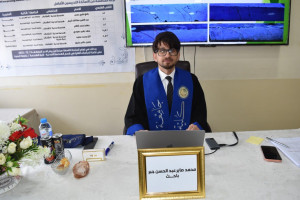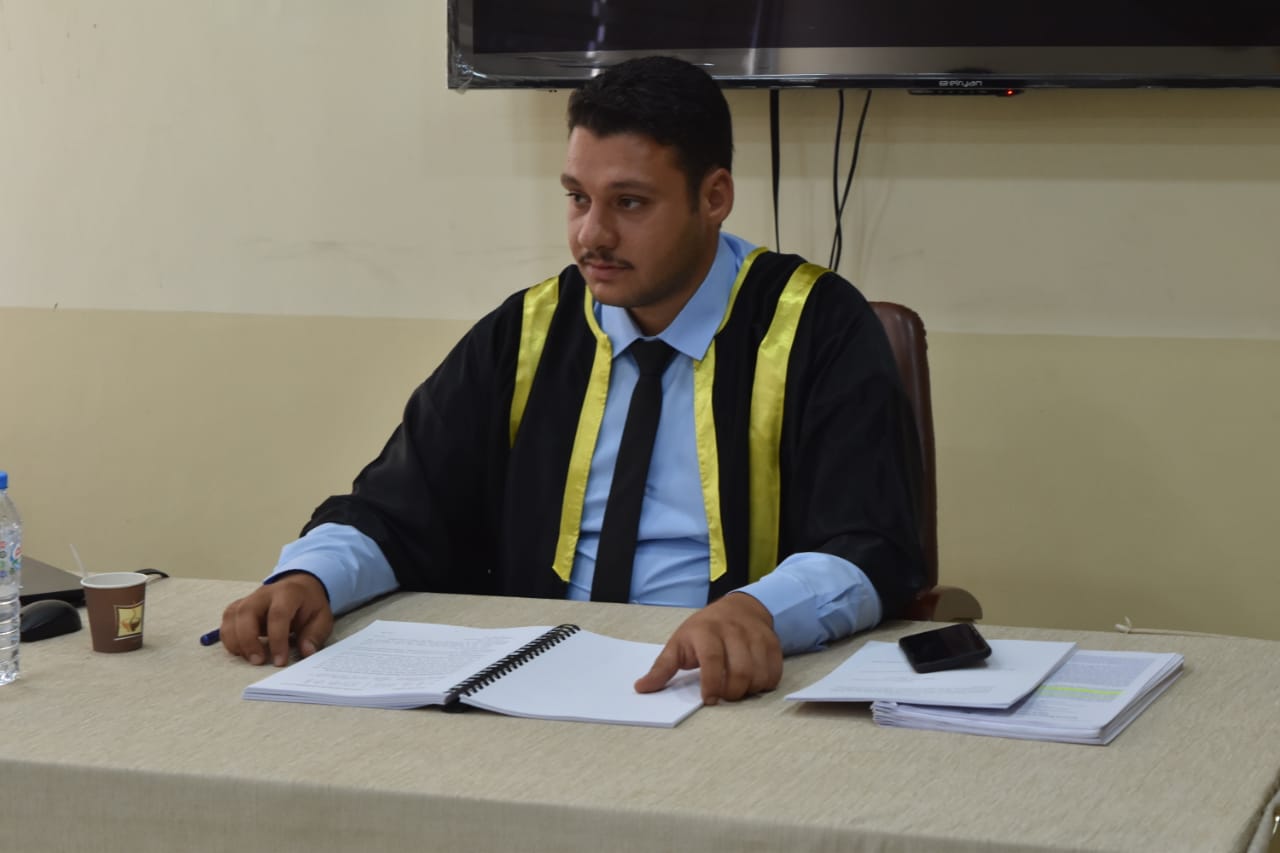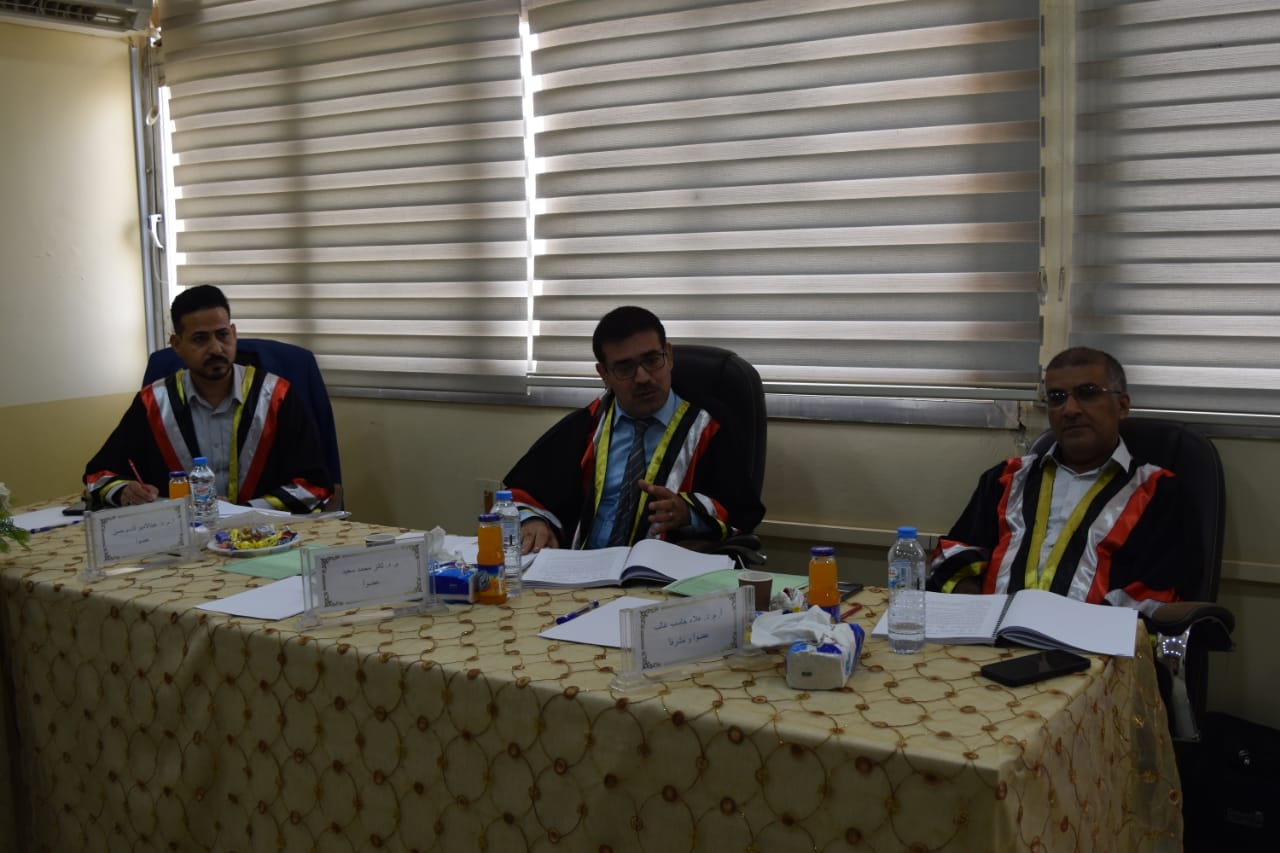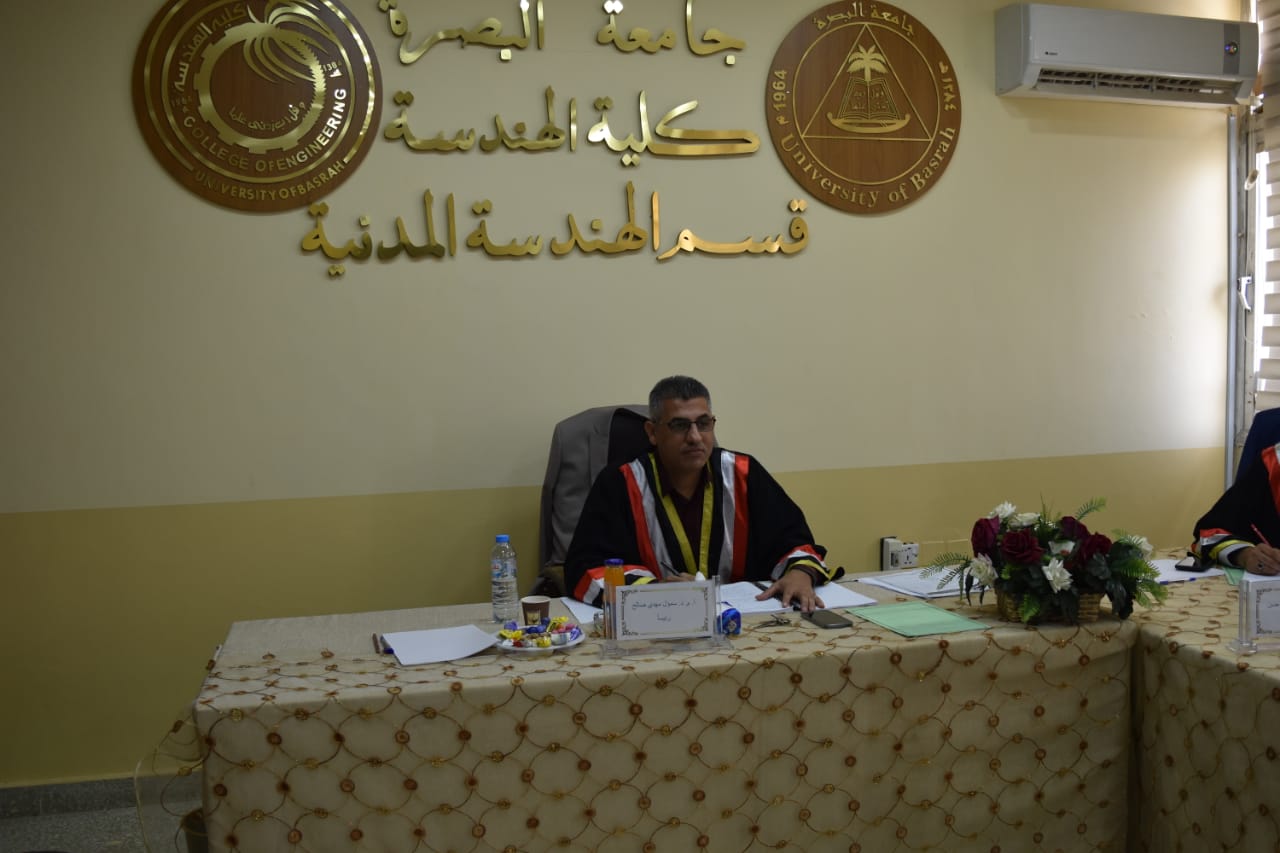
a master's thesis in the College of Engineering at the University of Basrah discussing (the optimal design of cylindrical iron roofs)
The thesis presented by the student Saif Osama Mahmoud dealt with a method to automatically generate the coordinates of the joints to overcome this problem in this issue. This approach reduced the number of design variables to only three variables: the number of divisions in space (NS), the number of divisions in the longitudinal direction (NL), and the sizes of the elements. Design variables are handled. The first and second are as continuous design variables, while the sizes of the elements are chosen from the closest value available ready sections found in the ready sections tables in AISC. The upper and lower bounds of the number are taken divisions in Space (NS)and the number of divisions in the longitudinal direction (NL) as lateral determinants of this problem.
The constraints on maximum stress, displacement and buckling were taken as behavioral determinants. Matrix method was used
Conventional stiffness for the purpose of elemental analysis of structurally cylindrical roofs. Ceiling elements are designed
Cylindrical rollers based on the LRFD-AISC method.
The aim of the thesis is to deal with the optimal design of iron troughs as a type of steel vacuum structures.
The thesis concluded that the number of divisions in space (NS) and the number of divisions in the longitudinal direction (NL)
It increases with increasing space and longitudinal direction.
It also showed that the type of cross-section affects the weight of the cylindrical roofs.








